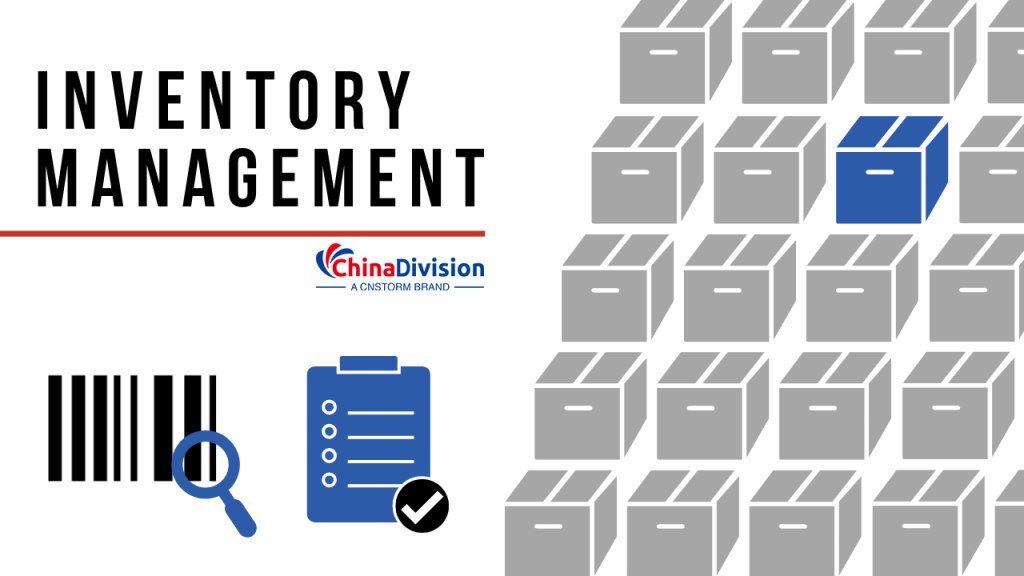Inventory control is a method of tracking the flow of inventory. It starts with the purchase and warehousing of the goods until it reaches the manufacturing unit or market. This process can be performed manually or using an automated system.
When the goods arrive at the warehouse, inventory management can ensure that these items (such as inventory, raw materials, components, tools, etc.) are effectively received, counted, classified, arranged, stored and maintained.

The types of inventory control management systems
When installing an inventory control management system, companies generally need to consider several aspects, such as cost, budget, availability, and accessibility. Inventory management systems can usually divide into the following types:
An inventory management system that uses barcode technology is more accurate and efficient than an inventory management system that uses manual processes.
Barcode inventory management
The inventory management system using barcode technology will be more accurate and efficient. The bar code system automatically updates the inventory level when the staff scans it with a bar code scanner or mobile device.
The benefits of using barcodes in the inventory management process include:
- Accurately record all inventory transactions.
- Eliminate time-consuming data errors that often occur in manual or paper systems.
- Eliminate manual data entry errors.
- Easy and convenient scanning speed.
- Automatically update existing inventory.
- Record transaction history and quickly determine the minimum level and reorder quantity.
- Simplify documentation and reports.
Periodic inventory management
Periodic inventory management requires manual tracking of inventory, which is more suitable for small businesses. It does not track inventory every day, but it allows companies to understand inventory level within a specific period.
Companies will choose to use LIFO or FIFO inventory accounting methods or other methods to calculate the ending inventory value.
Perpetual inventory management
Perpetual inventory management, an accounting method of inventory management, is also called continuous inventory management.
It links bar codes and radio frequency identification with the accounting inventory system, received inventory, point-of-sale system, and production system to track the path of inventory movement in real-time.
The objectives of inventory control are as follows:
- Ensure the continuous supply of materials and inventory so as not to affect production when customers demand.
- To avoid overstock or understock.
- To ensure sufficient materials for production.
- To minimize the capital required for operations and sales activities.
- To optimize the various costs of the warehouse, such as handling costs, storage costs, etc.
- To reduce losses due to deterioration, theft, waste and damage.
- To provide data for short-term or long-term planning under inventory control.
- To maintain system inventory records.
- Ensure sufficient cash flow to improve operational efficiency.